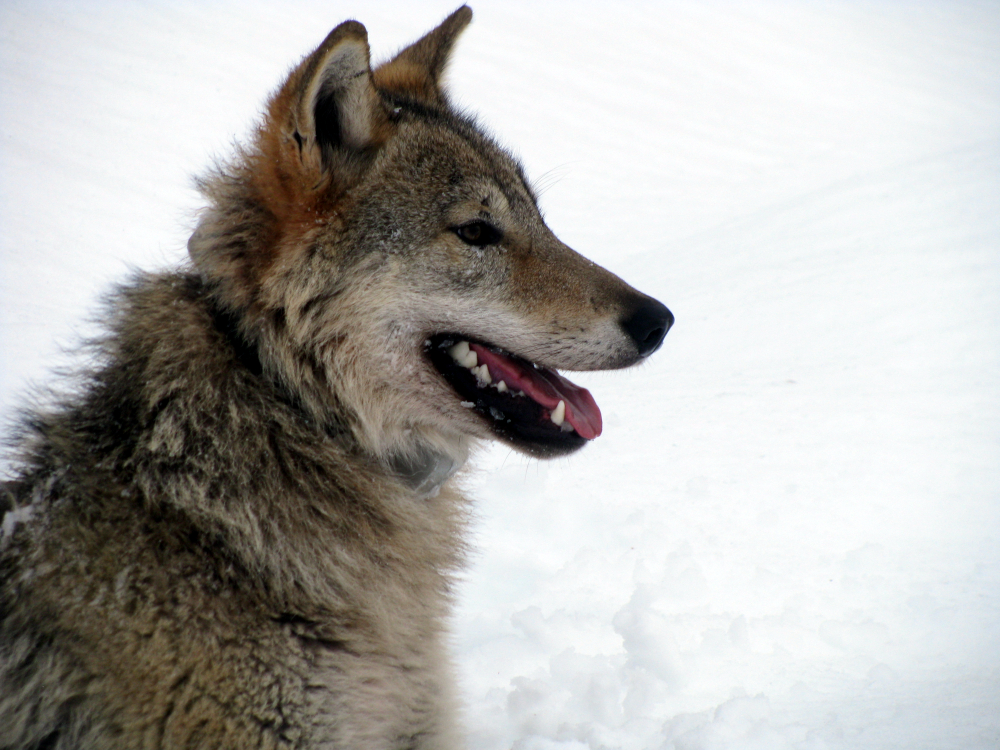Happy New Year – exciting times!


eLTER PLUS call for proposals open!
The emerging European LTER research infrastructure offers a unique opportunity for researchers with focus on ecosystem science in the areas of biogeochemistry, biodiversity, hydrology and socio-ecology to use LTER-Europe sites via transnational access (TA) and remote access (RA).
The transnational access option enables in-person visits (e.g. to collect and analyse data) to one or more LTER sites, whereas the remote access option entails of support from local teams for e.g. measurements, data collection and experiments.
Blaize Denfeld started as SITES Deputy Director at the beginning of November. She is an earth system scientist specializing in freshwater biogeochemistry. Blaize brings extensive coordination experience from her work with international science organizations, including the Global Lake Ecological Observatory Network (GLEON), the Earth Science Division of NASA and the U.S. Global Change Research Program.
Brian is back at the station Skogaryd Research Catchment! Brian is an automatic flux chamber measurement device which performs soil greenhouse gas measurements along a transect.
No, this isn´t a blurry picture! Up in the north in the research area around the SITES station in Abisko lakes are frozen by now. One of the station´s research engineers, Niklas Rakos, took the opportunity of perfect ice skating conditions to visit Almbergasjön during the weekend. The picture shows the SITES Water profile installation under ice. It measures conductivity, water temperature and dissolved oxygen. The winter installation overlaps with the floating platform measurements during open water season to guarantee continuous time series measurements throughout the year.
The team around Tarfala Research Station has relocated one of the SITES automatic weather stations (AWS) to a new site at Eatnamvarri, located app. 10 km west of Kiruna this week. The instruments record air and soil temperature, relative humidity, solar radiation, wind speed and direction, precipitation and snow accumulation.
Pictures from camera traps may not only produce useful research data, but are also interesting to go through since you never know what may turn up. Here are two exciting examples from the last period of one of the 32 camera stations used in Grimsö´s surveys, one big male moose (Alces alces) and a young crane (Grus grus) with one of its parents.
SITES reported about the wildlife monitoring using camera traps in Grimsö before
All regular wildlife surveys run as planned, where the most noticeable this fall is the strong peak in the vole populations (small rodents, e.g. Microtus spp.) with the 3rd highest numbers since this monitoring started at Grimsö 1973. To follow the vole dynamics is a classic aspect of wildlife ecology, since these ups and downs are key factors for some processes among also other species, for example that small game species like grouse and hares suffer less predation in good vole years.
A new instrumentation on the shoreline of Lake Almbergasjön has been installed by our research engineers in Abisko. At this new sampling point a pole to measure net radiation has been constructed recently, but also a permanent weather station will be moved from the floating platform on the lake to the same location in the near future. In addition, a modem link will be implemented to allow automatized data downloads and transfers to the research station.
The end of the season brought several visitors to Lönnstorp Research Station interested in the perennial cereal system, which is part of the SITES Agro-ecological Field Experiment (SAFE). An exciting activity in this context has been that this system was used for the production of a scene for the recording of a documentary about plant roots for the German 3Sat TV channel. The documentary will be aired in March 2021.